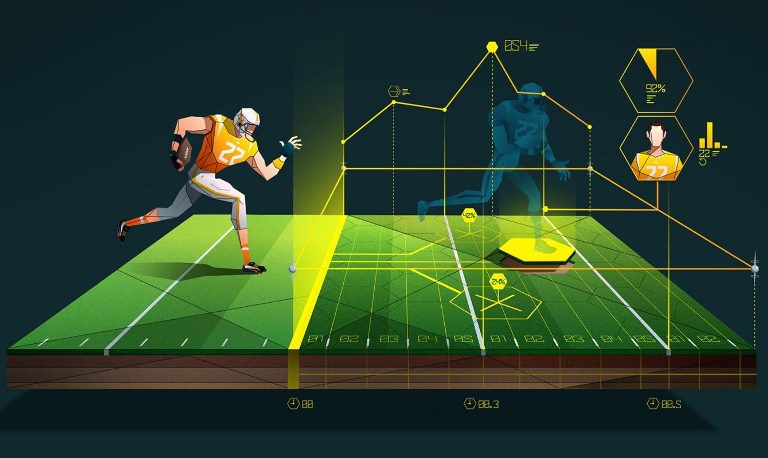It takes one look at the current attitudes towards VAR (video assistant refereeing) in Europe to understand one thing about sports fans. In short, we will whine until we’re blue in the face about an issue affecting our chosen sports. Then, when steps are taken to correct that issue, we’ll complain about the effect that has, too.
For years, goals have been incorrectly ruled out for offside, or allowed when they should not have been. Players have been penalised for fouls when the only contact made was in the mind of the alleged victim, while others have stayed on the field after making X-rated aggressive tackles on their opponents. And while VAR has certainly had its share of teething troubles, it’s provided a way of looking at events after the fact and fixing them – but the response from at least a noisy minority of fans has been “let’s keep technology out of sport – it’s ruining the game.
Let’s look at some of the uses of technology in sport and see if there’s reason to hear these people out. Would sport be better for the use of less tech?
Video refereeing
Let’s look at why people are dubious about letting technology have a part in refereeing. In the NFL, which has had Instant Replay since 1986, fans have often felt that it delays the game more than is necessary and still doesn’t always get the call right. In soccer, VAR has gained a reputation for chalking off goals due to infractions so marginal they’re invisible to the naked eye. In rugby, the use of the TMO (television match official) is often tightly restricted and can’t adjudicate on something that happened a few plays before the scoring play.
Some of these criticisms have their merits. But think of it from the point of view of someone who has used a betting resource to put some money on the contest. Would you want to lose a bet because a wide receiver was bumped as he went to catch a ball, or because of a phantom offside ruling out a legitimate goal? It doesn’t matter how marginal a call is, what matters is that it is correct.
GPS
It’s not just for getting your car to the stadium anymore. In fact, it hasn’t been just for that for a long time now. Numerous sports have made increasing use of the global positioning technology to register stats on players both in practice and in games. Readouts allow coaches to understand more about player fitness, the efficiency of where, how and when they run, and which starting positions are most beneficial. If a running back is making too many east-west moves and not going north-south quickly enough, the tech on offer can pinpoint these problems and help with coaching to correct them.
Stadium technology
The idea of “dome-field advantage” has often been discussed in the NFL. There are many reasons why people believe it exists, not least the fact that closed roofs keep crowd noise in, which can make it hard for opposing quarterbacks to hear calls. In truth, there are advantages and disadvantages to playing under a roof, and that’s why more and more teams are building stadiums with retractable roofs. If it’s raining outside, they can close it over to ensure the pitch doesn’t become a quagmire. If it’s sunny, the traveling team is more likely to feel the effects of tiredness late in a game, so they keep it open.
Retractable roofs are now a standard in the tennis majors too, with only the US Open not having one. Wimbledon and Roland Garros have both added them in the recent past, meaning that rain doesn’t have to stop play and affect the tightly-scheduled competition.
Streaming
We’ve all been in a situation where we want to watch a game but aren’t anywhere near a TV – or are somewhere on the planet where the networks don’t have broadcast rights for the sport of our choice. The advent of streaming services, some actively designed for the sport in question, has meant that you can watch your team wherever you are in the world – which is a serious bonus for homesick sports fans wherever they may be.








